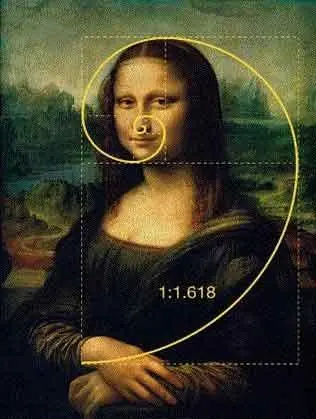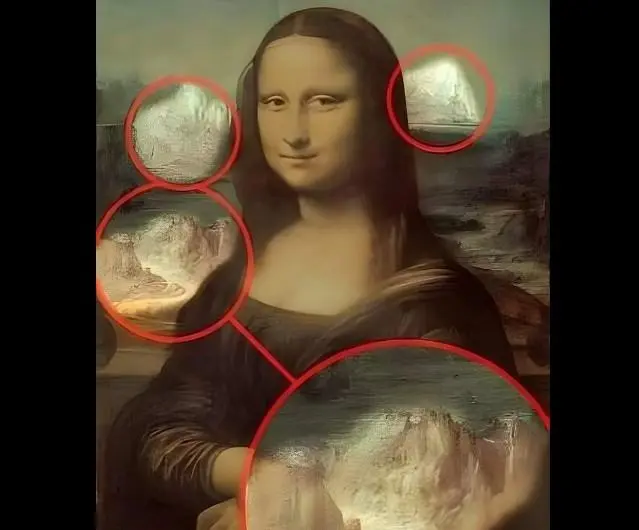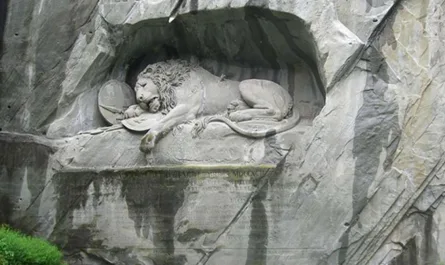One of the most enduring mysteries surrounding the Mona Lisa lies in the true identity of the woman captured in the portrait. Traditionally believed to be Lisa Gherardini, the wife of a wealthy Florentine merchant, alternative theories have flourished over the centuries. Some scholars argue the figure is not a woman at all, but a disguised self-portrait of Leonardo da Vinci himself, with facial comparisons lending weight to this theory. Others believe she embodies an ideal woman—a fusion of beauty and imagination rather than a depiction of any real person.

The enigmatic smile of the Mona Lisa is perhaps its most iconic feature. Using a technique called sfumato, Da Vinci achieved seamless blending between light and shadow, causing her expression to subtly shift depending on the viewer’s angle and distance. To some, her smile appears joyful; to others, melancholic or even ghostly. This haunting ambiguity gives the painting a lifelike, almost shape-shifting quality that draws the viewer deeper with each glance.
The dreamlike landscape behind her adds yet another veil of mystery. The imaginary setting—serene lakes, winding paths, distant mountains—doesn’t correspond to any known location, yet reflects Leonardo’s profound grasp of geology and terrain. It invites viewers into a surreal dimension, blurring the lines between reality and illusion.
Modern scientific investigations have only deepened the intrigue. Infrared and ultraviolet imaging reveal multiple alterations beneath the surface, suggesting Da Vinci’s painstaking revision process. These underlying sketches hint at evolving intentions—deliberate changes that add layers to an already complex masterpiece.

History, too, has played a part in mystifying the artwork. When the Mona Lisa was stolen from the Louvre in 1911 and vanished for two years, the scandal only fueled global fascination, elevating the painting to legendary status.
In essence, the mystery of the Mona Lisa is rich and multidimensional. From the uncertainty of the sitter’s identity to the optical trickery of her smile and the fantastical backdrop, the painting resists definitive interpretation. Leonardo da Vinci’s brilliance lies in crafting a portrait that seems sentient and unknowable—ensuring that this timeless enigma will continue to captivate generations.
Why does she hold our gaze even now? Her smile seems to flicker with emotion, her eyes follow like a secret observer, and the background opens into a dreamscape. Was she Leonardo’s ultimate muse—or the final riddle he left behind for the world to solve?





